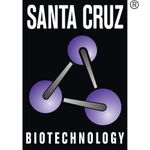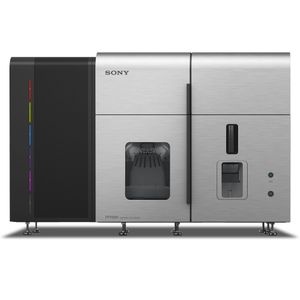Santa Cruz Biotechnology is a world leader in the development of products for the biomedical research market. Over the past 30+ years, the Company has focused on the ongoing development of research antibodies, siRNA and CRISPR Gene editing tools, biochemicals, labware and more recently has expanded into animal health care products. Santa Cruz Biotechnology has the highest commitment to quality and customer service.

ATF-1 (25C10G) Alexa Fluor® 680 | Santa Cruz Biotechnology
mouse monoclonal IgG1; ATF-1 Antibody (25C10G) is an IgG1 κ mouse monoclonal ATF-1 antibody (also designated ATF1 antibody, activating transcription factor 1 antibody or TREB36 antibody) that detects the ATF-1 protein of mouse, rat and human origin by WB, IP, IF and IHC(P). ATF-1 Antibody (25C10G) is available as both the non-conjugated anti-ATF-1 antibody form, as well as multiple conjugated forms of anti-ATF-1 antibody, including agarose, HRP, PE, FITC and multiple Alexa Fluor® conjugates. Eukaryotic gene transcription is regulated by sequence-specific transcription factors that bind modular cis acting promoter and enhancer elements. The ATF/ CREB transcription factor family binds the palindromic cAMP response element (CRE) octanucleotide TGACGTCA. The ATF/CREB family includes CREB-1, CREB-2 (also designated ATF-4), ATF-1, ATF-2 and ATF-3. This family of proteins contain highly divergent N-terminal domains, but share a C-terminal leucine zipper for dimerization and DNA binding. ATF-1 is shown to play a key role in the induction of NOX1. ATF-1 binds the cAMP response element (CRE) and mediates PKA-induced stimulation of CRE-reporter genes. ATF-2 forms homodimers and heterodimers with c-Jun to initiate CRE-dependent transcription. Phosphorylation of ATF-2 at Thr 69 and Thr 71 by stress-activated kinases is necessary for transcriptional activation. Myc also induces phosphorylation of ATF-2 at Thr 69 and Thr 71 to prolong the half-life of ATF-2. ATF-2 functions as a histone acetyltransferase (HAT) and acetylates Histones H2B and H4 specifically in vitro.




















































